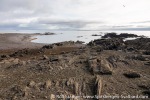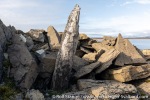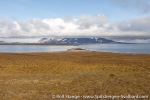-
current
recommendations- Liefdefjord
New page dedicated to one of Spitsbergen's most beautiful fjords. Background information and many photos.
- New Spitsbergen guidebook
The new edition of my Spitsbergen guidebook is out and available now!
- Liefdefjord
New page dedicated to one of Spitsbergen's most beautiful fjords. Background information and many photos.
Page Structure
-
Spitsbergen-News
- Select Month
- May 2025
- April 2025
- March 2025
- February 2025
- January 2025
- December 2024
- November 2024
- October 2024
- September 2024
- August 2024
- July 2024
- June 2024
- May 2024
- April 2024
- March 2024
- February 2024
- January 2024
- December 2023
- November 2023
- October 2023
- September 2023
- August 2023
- July 2023
- June 2023
- May 2023
- April 2023
- March 2023
- February 2023
- January 2023
- December 2022
- November 2022
- October 2022
- September 2022
- August 2022
- July 2022
- June 2022
- May 2022
- April 2022
- March 2022
- February 2022
- January 2022
- December 2021
- November 2021
- October 2021
- September 2021
- August 2021
- July 2021
- June 2021
- May 2021
- April 2021
- March 2021
- February 2021
- January 2021
- December 2020
- November 2020
- October 2020
- September 2020
- August 2020
- July 2020
- June 2020
- May 2020
- April 2020
- March 2020
- February 2020
- January 2020
- December 2019
- November 2019
- October 2019
- September 2019
- August 2019
- July 2019
- June 2019
- May 2019
- April 2019
- March 2019
- February 2019
- January 2019
- December 2018
- November 2018
- October 2018
- September 2018
- August 2018
- July 2018
- June 2018
- May 2018
- April 2018
- March 2018
- February 2018
- January 2018
- December 2017
- November 2017
- October 2017
- September 2017
- August 2017
- July 2017
- June 2017
- May 2017
- April 2017
- March 2017
- February 2017
- January 2017
- December 2016
- November 2016
- October 2016
- September 2016
- August 2016
- July 2016
- June 2016
- May 2016
- April 2016
- March 2016
- February 2016
- January 2016
- December 2015
- November 2015
- October 2015
- September 2015
- August 2015
- July 2015
- June 2015
- May 2015
- April 2015
- March 2015
- February 2015
- January 2015
- December 2014
- November 2014
- October 2014
- September 2014
- August 2014
- July 2014
- June 2014
- May 2014
- April 2014
- March 2014
- February 2014
- January 2014
- December 2013
- November 2013
- October 2013
- September 2013
- August 2013
- July 2013
- June 2013
- May 2013
- April 2013
- March 2013
- February 2013
- January 2013
- December 2012
- November 2012
- October 2012
- September 2012
- August 2012
- July 2012
- June 2012
- May 2012
- April 2012
- March 2012
- February 2012
- January 2012
- December 2011
- November 2011
- October 2011
- September 2011
- August 2011
- May 2011
- April 2011
- March 2011
- February 2011
- January 2011
- December 2010
- November 2010
- September 2010
- August 2010
- July 2010
- June 2010
- May 2010
- April 2010
- March 2010
- February 2010
- November 2009
- October 2009
- August 2009
- July 2009
- June 2009
- May 2009
- April 2009
- March 2009
- February 2009
- January 2009
- December 2008
- November 2008
- October 2008
- August 2008
- July 2008
- June 2008
- May 2008
- April 2008
- March 2008
- February 2008
- April 2000
- Select Month
-
weather information
-
Newsletter

| Guidebook: Spitsbergen-Svalbard |
Tokrossøya: portrait of an island near Spitsbergen's south cape
360 degree panoramic images, photos and background
Tokrossøya (“Two-cross-island”) is a small, almost tiny, island at the southern tip of Spitsbergen, near the south cape. Unknown to most and seemingly unimpressive at least at a quick and superficial glance or from the distance, Tokrossøya is situated between the main island of Spitsbergen and a couple of small islands, the largest of which is Sørkappøya, and many rocks and dangerous shallows.

The island is hardly more than one kilometre long and less than 400 metres wide, the highest “mountain” does not rise beyond 13 metres.
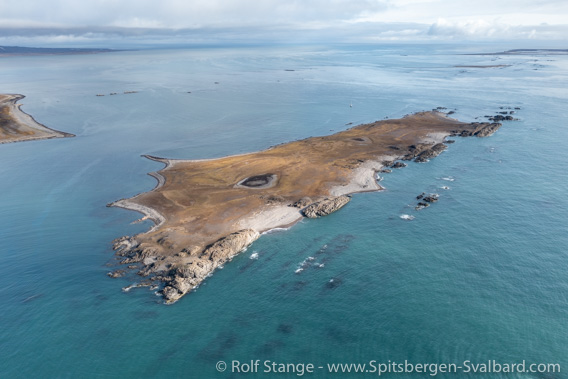
Tokrossøya from a bird’s eye’s view, looking from north to south.
Sørkappøya in the distance, upper right corner.
So … a boring, unimpressive island?
Tokrossøya: part of a conspicuous geological structure

Rocky hill at the north end of Tokrossøya.
Not at all. Admittedly, part of the fun lies in getting to remote places which almost nobody ever gets to see, let alone to set foot on. At least for me. But beyond this, the landscape on and round Tokrossøya is quite characteristic and those with a sense for landscape structure and details will find a lot to marvel at here. Just as the surrounding islands, Tokrossøya is part of a conspicuous belt, a characteristic geological structure that is responsible for a lot of eye-catching landscape features in many places. This belt stretches from north to south along a large proportion of Spitsbergen’s west coast, from the north side of Isfjord to the islands south of Tokrossøya. This belt consists of hard sedimentary layers which were tilted upwards into a north-south-trending, steeply dipping position by tectonic movements. The combination of these rocks being hard (geologically, not a very precise term, but anyway) and their vertical position has created geomorphological features including mountain ridges (for example, Värmlandryggen between Trygghamna and Ymerbukta), striking mountains (e.g. Ingeborgfjellet, Midterhukfjellet, Berzeliustinden), islands (Akseløya, Eholmen, Tokrossøya, Sørkappøya) and capes (Selmaneset and Kapp Starostin in Isfjord, Forsbladodden and Richardodden in Van Keulenfjord, Øyrlandsodden near Spitsbergen’s south cape). All these places are beautiful and interesting landscape features, each and every one of them in their own way, but all of them essentially cleary shaped by the geological structure of the hard layers.
- pano anchor link: #210821a_Tokrossoya_142HDR
Panorama 1: rugged rocky hills on the west side of Tokrossøya
A hint of the Palaeozoic
The sediment layers in question are carbonates and date into the upper Carboniferous and lower Permian, which makes them around 300 million years old. In many places, you can find a lot of fossils such as brachiopods or corals in these rocks.
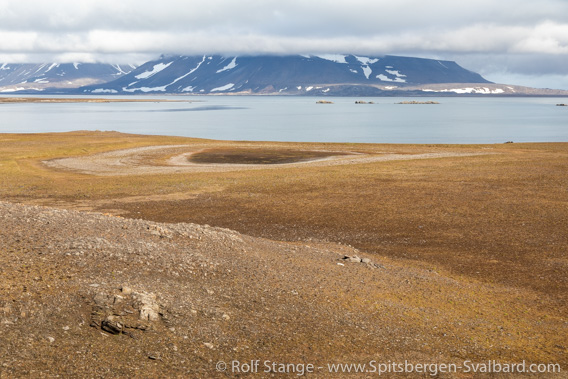
Flat tundra on the east side of Tokrossøya.
Just as Akseløya, Tokrossøya – which is much smaller – has a very characteristic composition: there are rugged, rocky hills along the western side and low-lying, flat tundra with comparatively significant vegetation on the east side, which covers the larger part of the island.
- pano anchor link: #210821a_Tokrossoya_163HDR
Panorama 2: flat tundra on the east side of Tokrossøya
The Pomors
Tokrossøya has got her name from two orthodox crosses which were set up by Pomor hunters on the northernmost hill of the island, which is also the highest one (13 m). The foundation of at least one of these crosses is still visible (there is a photo in the gallery down below), and so are the remains of an old grave on the same hill. But what catches the eye also from a distance are the two prominent cairns. It is now known when and by whom they were built.
Unfortunately, I don’t have a panorama image from this hill at the north tip of the island. I had already set up the tripod and was ready to go, when I realised that the camera bag where I expected to find the camera that I needed for this purpose had another one, still from the day before – different hardware for different occasions, but not enough bags 🙂 skipper Heinrich and my colleague Helga who were with me on Arctica II in August 2021, when we were lucky enough to make this visit to Tokrossoya, kindly made sure that I got the camera that I needed later, so I could at least shoot two panoramas near the south end of the island. It would have been a shame to miss that opportunity, it absolutely not a place where you can just say “ok, next time.”
Inaccessible islands
There is a couple of reasons for this: first of all, there is the weather in this area, which has a bad reputation for good reason. But you need really good conditions to operate safely in these shallow and very exposed waters. And additionally, all these islands together are a bird sanctuary, which means you have to keep a distance of at least 300 metres from 15 May to 15 August. And this is for good reason: there are a lot of birds breeding there during the summer, including Common eiders, Purple sandpipers, Arctic terns and others, while others such as geese are resting there after the spring migration.
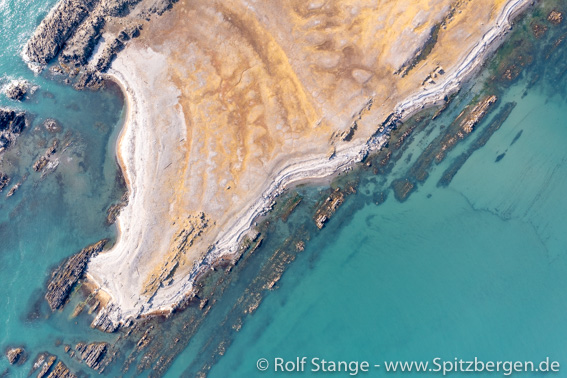
Rocky shores and many shallows near Tokrossøya from a bird’s eye’s perspective.
On top of this comes the rocky coastline and the many shallows which make the shore mostly inaccessible.
Most ships in the area will keep a good distance from these isands, and this is good unless you are sure that you know what you are doing and that you have got the right conditions for a visit. Only really small vessels can attempt to cut the passage around the islands short by taking a route between Tokrossøya and Sørkappøya, but local knowledge is essential. Today’s charts of these waters, including the seemingly detailed electronic one, are certainly not perfect (as of 2021).
Tokrossøya photo gallery
Finally, some impressions from Tokrossøya.
- gallery anchor link: #gallery_2079
Click on thumbnail to open an enlarged version of the specific photo.
BOOKS, CALENDAR, POSTCARDS AND MORE
This and other publishing products of the Spitsbergen publishing house in the Spitsbergen-Shop.
last modification: 2025-03-25 ·
copyright: Rolf Stange


